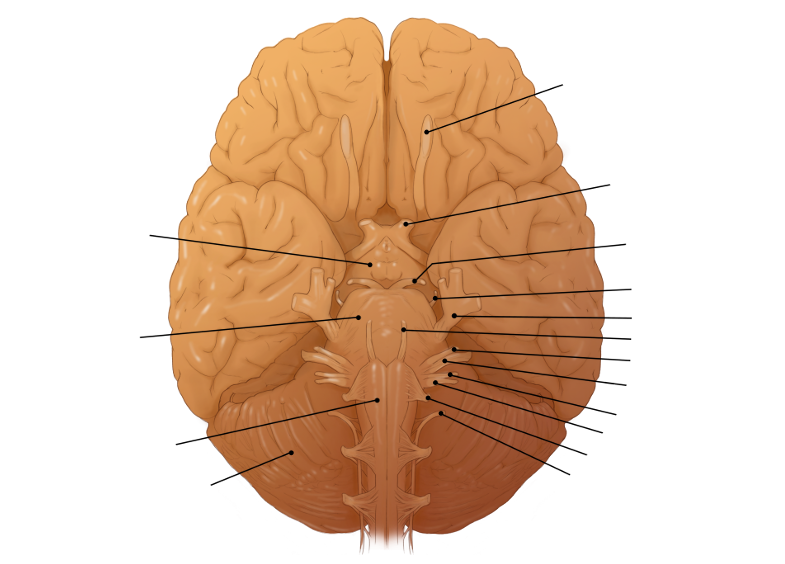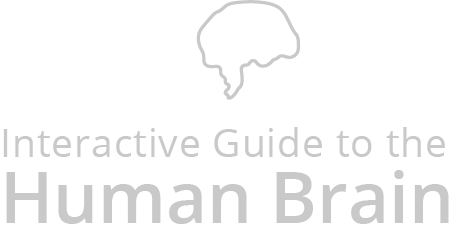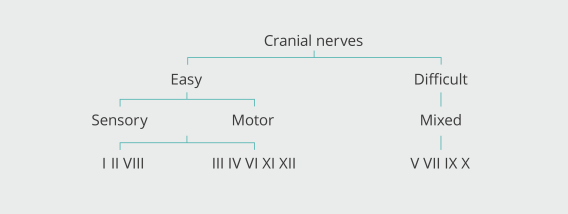
Cranial Nerves

1. CN I - Olfactory nerve (sensory)
The olfactory nerve, which is cranial nerve number one (CN I), consists of numerous thin axons ascending a very short distance from olfactory receptor neurons in the nose up through the cribriform plate to synapse with neurons in the olfactory bulb. Therefore, the olfactory bulb (number 1 in the Cranial Nerves diagram), is the termination site for the olfactory nerve (CN I). Since the olfactory bulb is located at the anterior end of the olfactory tract, it is this tract we see extending back from the olfactory bulb to near number 2 (the optic nerve), not the olfactory nerve. With regard to function, the olfactory nerve is a sensory nerve central to the role of smell.
- 1.CN I - Olfactory nerve (sensory)
- 2.CN II - Optic nerve (sensory)
- 3.CN III - Oculomotor nerve (motor)
- 4.CN IV - Trochlear nerve (motor)
- 5.CN V - Trigeminal nerve (mixed)
- 6.CN VI - Abducens nerve (motor)
- 7.CN VII - Facial nerve (mixed)
- 8.CN VIII - Vestibulocochlear nerve (sensory)
- 9.CN IX - Glossopharyngeal nerve (mixed)
- 10.CN X - Vagus nerve (mixed)
- 11.CN XI - Accessory nerve (motor)
- 12.CN XII - Hypoglossal nerve (motor)
- 13.Midbrain
- 14.Pons
- 15.Medulla
- 16.Cerebellum
Back



